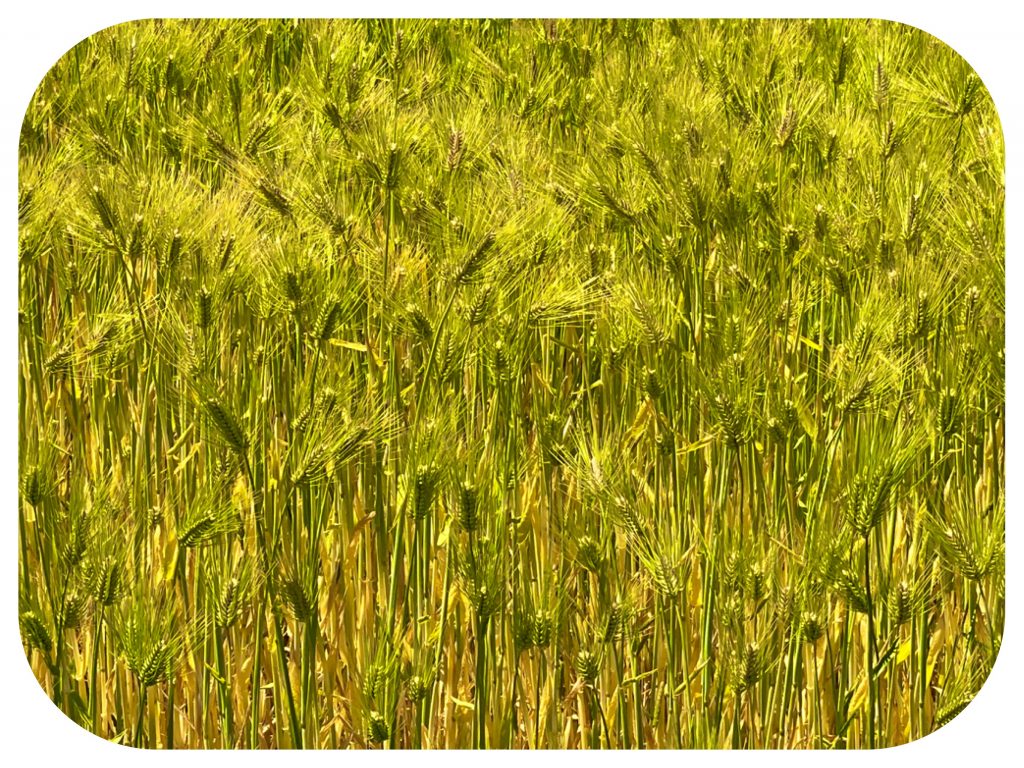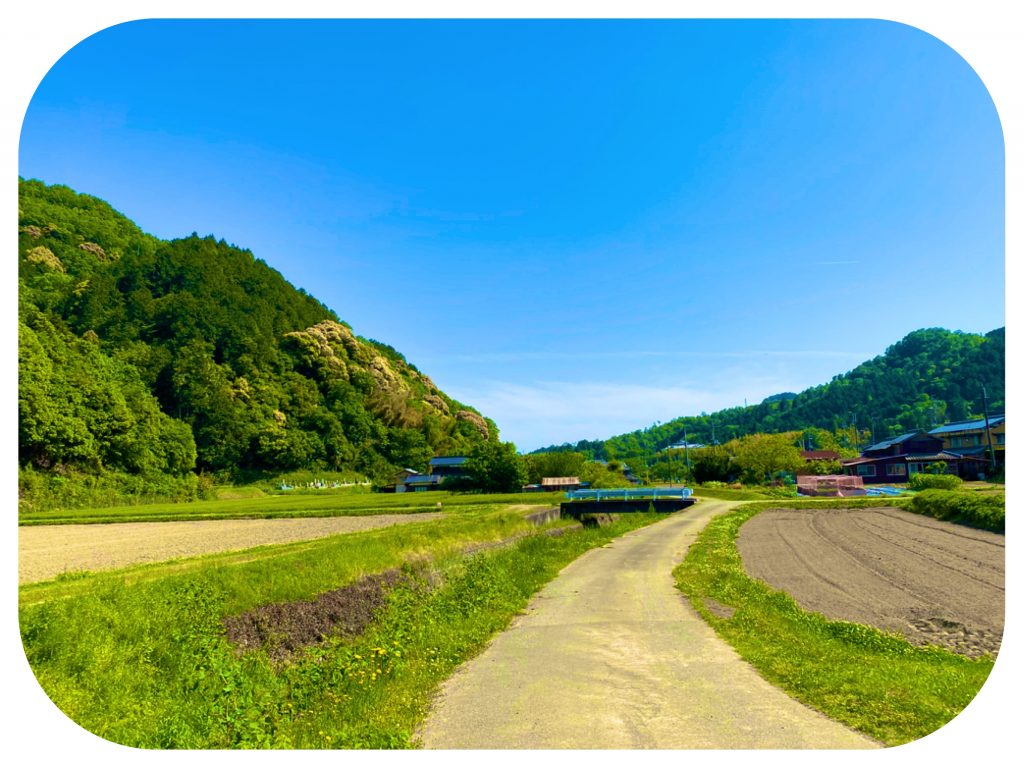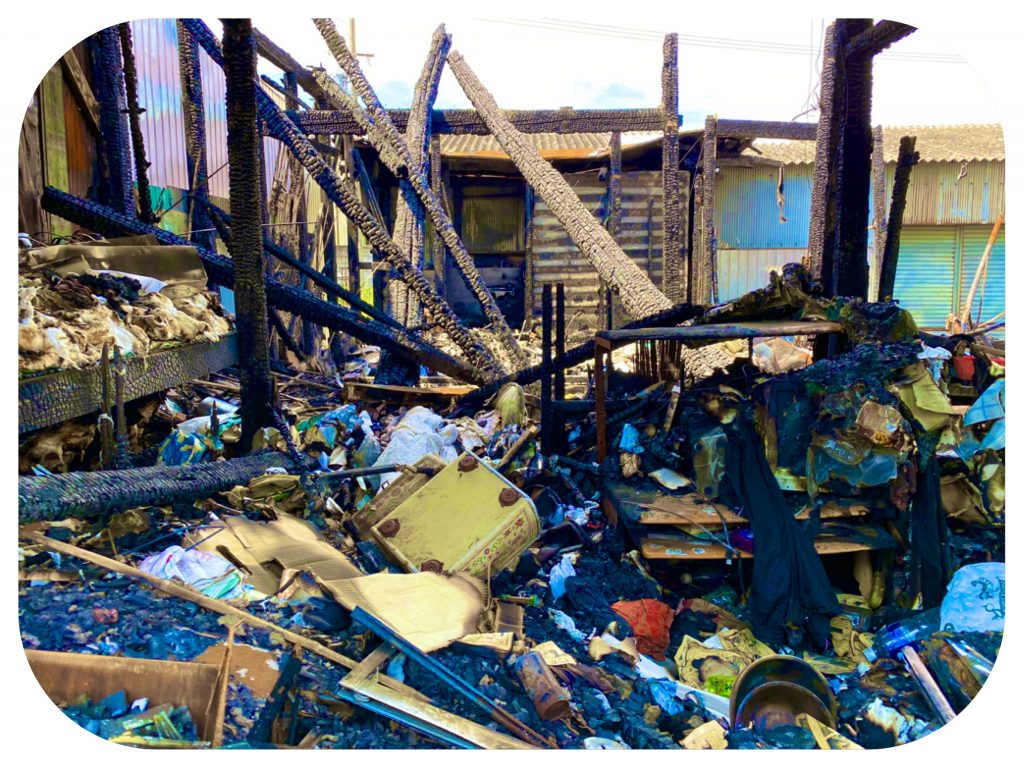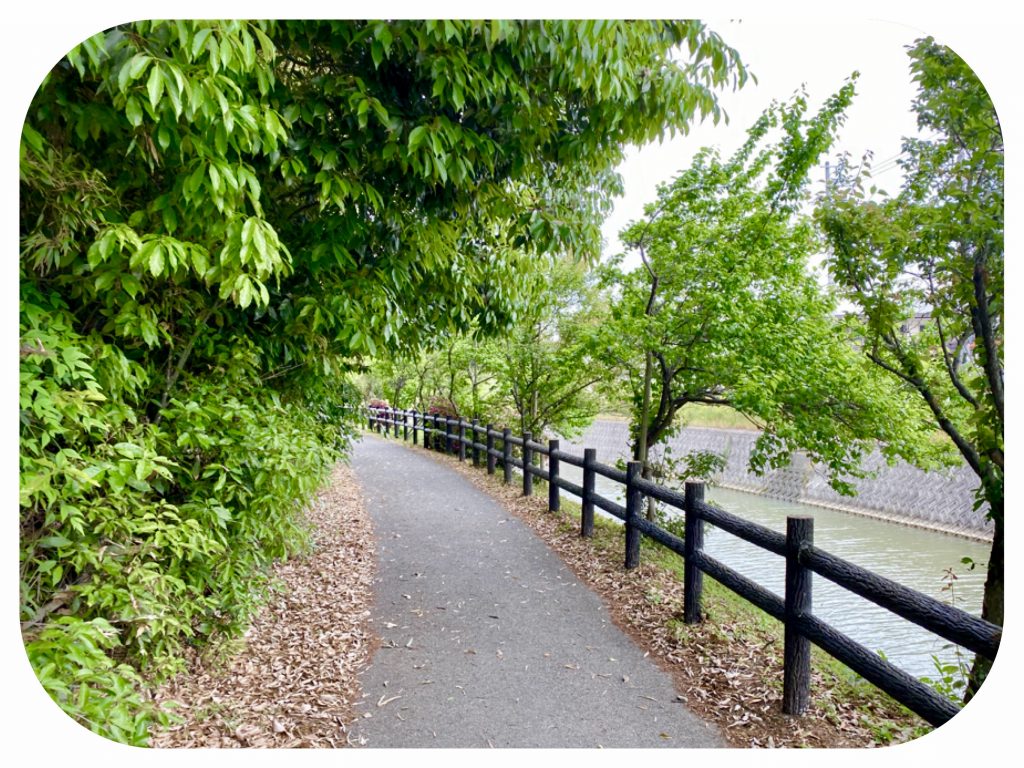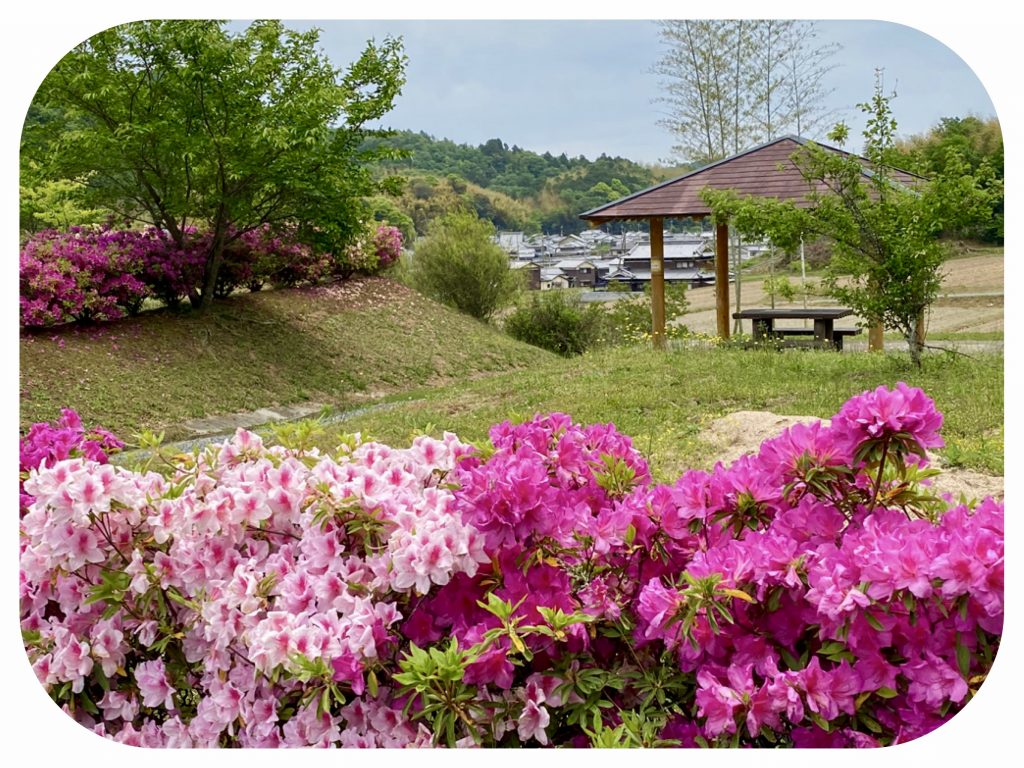Day 58 - The Road To Enlightenment - Walking The Saigoku Kannon Pilgrimage - Takeda To The Outskirts Of Himeji, The Last Day Of Our Pilgrimage, Japan
Day 58 - The Road To Enlightenment - Walking The Saigoku Kannon Pilgrimage - Takeda To The Outskirts Of Himeji, The Last Day Of Our Pilgrimage, Japan
Today the Japanese government lifted the state of emergency for most of Japan, except for the areas most infected by the virus, including Tokyo and its surroundings.
You wouldn’t know it from walking the streets, which were still empty of people, with most of the shops still closed.
Many people are like little frightened children who were told that there are dangerous dragons roaming outdoors, and that they should shelter indoors where they will be safe.
Then the government told them that the dragons are not gone, they are still there, but now they are allowed to go outside to play.
Most frightened children would not rush out to play outdoors.
We did not book our stay at the renovated Machiya to include breakfast, because across the street from the Machiya there is a cool cafe owned by a sweet couple.
They specialize in pancakes, and they made us a breakfast pancake set, which included two small pancakes, one fried egg, a few fingerling sweet potatoes, which I have never seen before, a small salad and a seaweed soup.
We told them yesterday that we would be coming for breakfast, and it was so nice to see the bright smiles on their faces this morning.
We had a strong sense that we might be their only customers for the whole day.
People still prefer to stay indoors, even when the stay at home request has ended.
The walk today was mostly by the side of the car road, in a narrow valley between mountains.
We passed by numerous small villages and lots of fields of buckwheat and barley.
It was a very hot day, and walking with our backpacks felt a little sticky.
We stopped at a small shop that was also listed as a bakery cafe.
It was open, but the owner told us that she only sells things to go, and that we could not sit or dine there.
She only had one small table in her very small shop, not really big enough to unload our backpacks and feel comfortable resting there.
We accepted it with equanimity, thanked her, and continued walking.
She must have had a change of heart, because she ran after us and gave each one of us a package of homemade cookies.
We were very touched by her kindness.
We thanked her again and continued walking.
Not far from our hot springs hotel for the night, we saw a woman who had just pulled over by the side of the road.
She got out of her car, took off her face mask and asked if we needed a ride somewhere.
We thanked her, explained that we were walking, and that we did not need a ride.
She said that it was too hot to walk today, and that the road was too narrow and unsafe to walk.
I explained that we would only be walking by the road for another kilometer, and then we would be turning onto a quiet rural road towards our onsen hotel.
She said the onsen was too far away to walk.
But we refused her offer again.
She asked what was the purpose of our walk, and we explained that we were pilgrims, walking the Saigoku 33 Kannon temple pilgrimage.
Finally she realized we did not need help and wished us a safe journey.
I was looking for a place to rest to drink our tea and eat the takeaway Taiwanese food we had brought with us, but we did not pass by any park or a bench in the shade.
We finally saw a shaded place in an old memorial cemetery by a bamboo forest.
We sat on the stones in the shade and ate our lunch.
For dessert, we ate part of the Baumkuchen cake that our Machiya gave us last night.
A Baumkuchen is a multi-layered rotisserie cake that was born in Germany and brought over to Japan, where it was perfected and become a national favorite.
They even invented a specific oven in Japan for the baking of this cake.
It was very delicious and went very well with our green tea in the shade.
Soon afterwards, we arrived at our onsen hotel.
It is a very rural place at the outskirts of the town of Himeji.
It is first a busy public onsen, and only second a hotel.
The most notable aspect of this Onsen hotel is the carbonated, milky water of the baths, which is said to be very therapeutic.
Coronavirus fear or not, it was packed with people, all coming with their individual baskets full of their personal toiletries.
We had a bit of a mixup with our room when we checked in.
We were given a big, spacious tatami mat room, except we had no towels and no yukata robes.
When we talked to the front desk, they told us that they had made a mistake and that they had prepared another room for us.
This room was much smaller, with almost no room to move around the low table that takes up about a tatami mat’s space in the center.
We told them we preferred to keep the bigger room, and if the hotel was not busy, (which clearly it was not) we would rather stay and just get yukatas and towels.
There was a bit of back and forth, but finally we got to stay in the bigger room.
It was so nice to soak in the big hot springs.
There were families and single people.
I saw naked old wrinkly grandmothers with their sweet naked grandkids, mothers with little boys and girls, all soaking naked and without hiding their nakedness, the way it is supposed to be in a more enlightened society.
We were served a kaiseki dinner in the hotel dining room.
We were the only diners.
The meal, which included all the traditional kaiseki multi course dishes, was lovely but way too much food.
Not everyone was at ease in our presence.
A waitress with a face mask and worried eyes, asked me where we had come from before coming here.
Perhaps she was worried that we had come from Tokyo, where the infection rate is very high.
We read in the newspaper a heart breaking story about a Tokyo man who moved to Iwate, a northern prefecture of Japan that did not have a single virus infection.
The man had dreamed of moving there all his life.
He traveled there yearly and even made a friend there.
His friend was the owner of a small eatery he used to patronize.
The man rented an apartment and paid two months in advance.
When he got there, people shunned him because he came from Tokyo.
The apartment owner refused to let him in, until after he had isolated himself for two weeks.
The man was not infected and had no other place to stay.
He also had very little money.
His friend, the owner of the small restaurant, let him sleep in his car for a few nights.
The apartment owner that refused him, felt guilty and allowed him to stay in a shack that he also owned until the enforced two weeks had ended.
One night the shack, which was unfit for living, burnt down due to an electric fault, and the man from Tokyo burnt alive.
A neighbor said he heard someone calling “help me, help me,” but he could not help.
Such a sad story that demonstrates how irrational suspicion can lead to horribly inhumane behavior.
As we were eating breakfast, a small bird got into the restaurant and kept flying into the closed windows, trying to get out.
It knocked itself in the head every time, and Jules asked me to help it.
I got near the bird and reassured her, and she let me hold her.
Gently I held her as the waitress opened the sliding window and the bird flew out.
The suspicious waitress thanked us very much for helping the bird.
Perhaps it helped her realized we were human after all....
During our dinner, we talked about the pilgrimage we had just finished walking.
We walked over 1000 kilometers in 58 days, in some of the strangest times we could imagine.
We have walked the original historic estimated length of the Saigoku, which is said to be a journey of 1000 kilometers, but we are short of our original plan, which was to continue walking back towards Kyoto.
It no longer makes any sense to walk back to Kyoto.
The walk is along an urban stretch that goes through Kobe and Osaka Prefectures, which are still closed and struggling with high levels of infections.
Even with the lifting of the emergency declaration for most of Japan, it still makes no sense to spend our time walking through closed cities, full of frightened people.
Especially now, after we’ve completed the pilgrimage.
Instead, we are going to the mountains.
We plan to rest, soak in the hot springs, hike and reflect on our long journey.
We still need to process all the experiences that we had.
We need some time to make sense of everything we saw and felt, and allow it to touch us and enrich us.
We have seen SO much...
We have been through so much....
We plan to keep sharing our experiences until we return home, and maybe a bit longer after that.
Hoping you are keeping yourself in good spirits and remembering to laugh at the human comedy, that only seems like a soap opera drama at times...
Endless love,
Tali and Jules
Daily stats:
Steps walked - 29,555
21 km. walked
Active walking time - 5.5 hours
Total walking time today - 6.5 hours.
Total walking distance on the Saigoku to date - 1007 km
Temple Visited:
None








